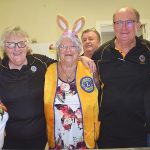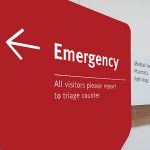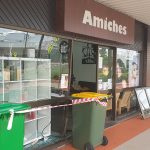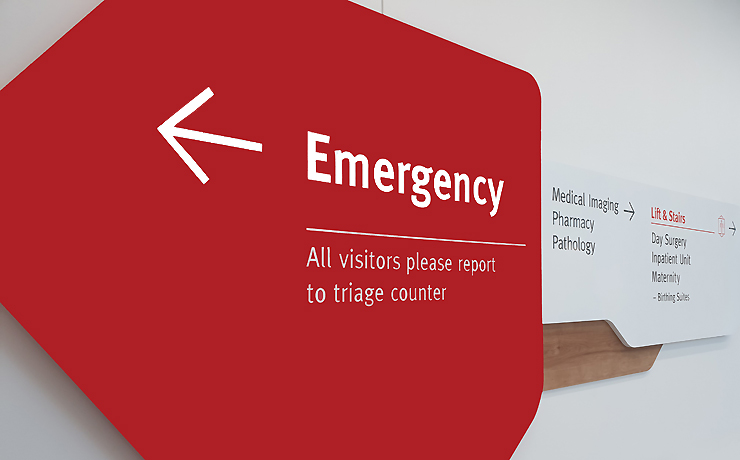
September 19, 2012
The South Burnett Regional Council will ask the Department Of Communities to loosen the guidelines on its Community Recovery Flexible Funding Program because it doubts it can find enough projects to use up all of the $250,000 allocated to it before the program expires on June 30, 2013.
Cr Barry Green said the program was “anything but flexible” and other councillors admitted the SBRC’s grants committee had faced an extremely difficult time finding applications that met all the program’s guidelines.
At its meeting today, Council awarded $150,000 of Community Recovery grants to six local organisations, including $60,000 to itself.
Funding will be given to:
- Murgon SES – $33,000 towards a Murgon-to-Brisbane Trek that will be held during SES Week in November
- CROW-FM – $5822 to hold a number of breakfast events across the region to assist with community recovery
- Tractor Tattoo Committee – $12,500 to move the musical Tractor Tattoo tractor around the region and hold barbecues where “resilience information” will be distributed
- South Burnett Regional Council – $60,000 to employ a staff member to develop a South Burnett Community Recovery Plan
- Boots & Bulldust Festival Commitee – $40,000 to hold a “Spirit Of The South Burnett” festival in Nanango which will document flood stories and hold an art and photography exhibition centred on the 2011 floods
- Bloomin’ Beautiful Blackbutt Festival Committee – $2000 towards a photography exhibition at the next Bloomin’ Beautiful Blackbutt Festival to celebrate the final reconstruction and re-opening of the Blackbutt Range crossing
Council heard the grants committee had been forced to reject applications received from other community organisations and programs simply because they were unable to meet the funding guidelines.
Unsuccessful applicants included:
- Friends Of Cultcha seeking $6757 to stage a New York Jazz Piano Workshop, Physical Theatre Workshop, Opera Singing Workshop and Playwriting Workshop – rejected because it didn’t meet funding guidelines and had no clear link to resilience
- Growing The Burnett seeking $15,500 to hold a combined Sustainable Futures and Funky Futures Festival in conjunction with BIEDO over two days in February 2013 – rejected because it didn’t meet funding guidelines
- Bloomin’ Beautiful Blackbutt Festival Committee seeking $4500 to create a Blackbutt Memorial Hall Plan – rejected because it didn’t meet funding guidelines
- Nanango Reading Bug seeking $3000 to assist with the Reading Bug program – rejected because it didn’t meet funding guidelines
- Nanango Men’s Shed seeking $3000 to source insurance, project equipment and advertising/promotion – rejected because it didn’t meet funding guidelines
- Bloomin’ Beautiful Blackbutt Festival Committee seeking $3000 to assist with the Festival in September – rejected because it didn’t meet funding guidelines and was an existing event with no identified link to resilience
- Growing The Burnett seeking $15,000 for the employment of a co-ordinator to deliver and co-ordinate a regional food network – rejected because it would be used for a co-ordinator for an existing program
The committee was also forced to reduce the amount of funds given to some of the successful applicants for the same reasons (ie. parts of their applications fell outside the funding guidelines).
What Is The Community Recovery Program?On April 6 last year, following the January floods, former Queensland Premier Anna Bligh announced a $20 million Community Development and Recovery Package and wrote to councils informing them of the funding amounts they would receive. The South Burnett Regional Council received $250,000, and 72 other councils around the State received amounts ranging from $45,000 to $250,000. According to the project’s guidelines, the Community Development and Recovery Package was designed to provide assistance to enable “a more holistic recovery” of communities severely affected by an eligible disaster event. It was agreed that the Federal and State Governments fund the $20 million package on a 75:25 basis. The program’s purpose is to “assist local councils to identify and implement projects that will support their community’s recovery efforts, particularly their human and social well-being, using a community development approach”. Through this approach, “the community will have the opportunity to identify what their recovery needs are and to help them be better prepared for any future disasters. The community will have a stronger voice and gain better skills in managing their own and their community’s recovery”. The Flexible Funding Program funds projects that promote:
Projects may include:
Targeted projects should be relevant to specific groups including:
|























